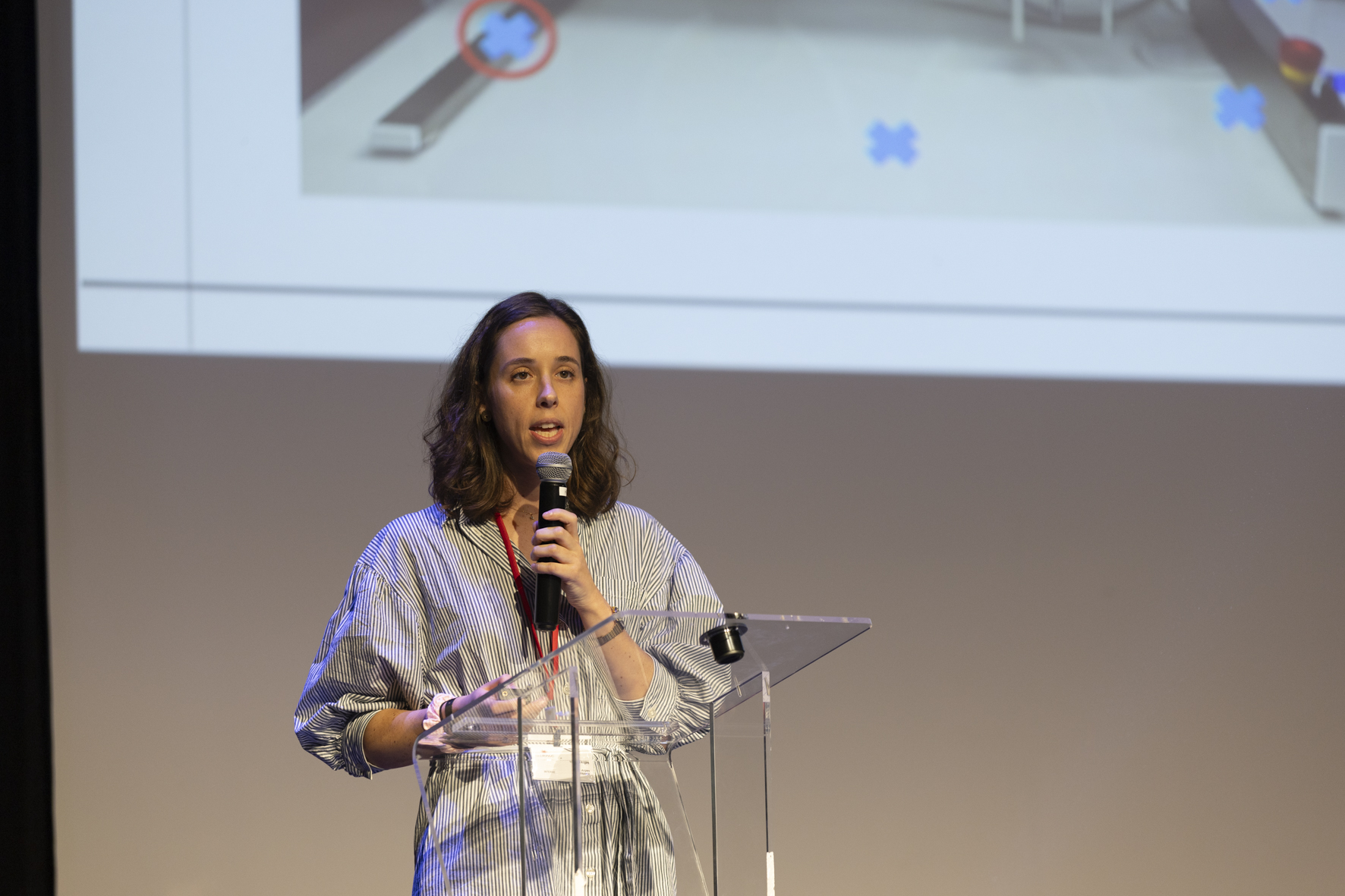Integrating an automated compounding system into an isolator: the relevance of microbiological requalification
1 October 2025
C. Dréano, M. Delamotte, A. Lebreton, S. Crauste-MancietPharmacy, CHU d’Angers, 4 rue Larrey, 49100 Angers, France
Introduction
New isolators for preparing injectable anticancer drugs have been installed in our controlled atmosphere zone. One of these isolators contains an automated compounding system, which is scheduled to become operational in summer 2025. Despite the initial microbiological qualification of the isolators (including the robot), which was outsourced to the manufacturer in July 2024, an increase in microbial contamination has been observed. Against this backdrop, the pharmacists re-qualified the bio-decontamination cycles of the isolator with the robot to investigate potential causes of non-compliance and consolidate the start of automated production.
Materials and methods
Spordex® biological indicators (BIs) for sterilisation containing 2.1 x 10⁶ G.stearothermophilus spores and trypticase soy broths were used. Additional new BIs locations were added in the environment of the robot, in addition to the locations initially tested by the manufacturer. One BI was positioned in each location. Two series of tests were carried out in May 2025, each including positive and negative controls. The sterilisation cycles included a 90-minute vapourisation phase, followed by a 60 minutes air ventilation. The volume of hydrogen peroxide (H₂O₂) was 180 ml. The BIs were then incubated at 55 °C and visually inspected daily for seven days. Temperature and humidity parameters were recorded.
Results – Discussion
The first test explored 16 locations, including 7 in the immediate environment of the robot. Three positive results were observed: one at the bottom, one at the top of the robot, and one in the transfer isolator. As the leak test was successful, a problem with the sealing of the isolator could be ruled out. With a temperature of 21.4 °C and humidity below 60% (at 53.8%), conditions were favourable for effective sterilisation with H₂O₂. As the test was carried out with the isolator empty, the hypothesis of an overloaded airlock was refuted. A second test was carried out by reinforcing the control points around the robot, which then numbered 10 out of the 19 locations tested. Seven positive points were detected, mainly on the robot, and one point on the workstation. The controls for the two tests were compliant. These results suggest a possible disruption to the airflow around the robot, which could compromise the homogeneous distribution of H₂O₂.
Conclusion
The requalification process identified several non-conformities, primarily relating to the automated compounding system. Adjustments to the bio-decontamination parameters may be necessary, such as increasing the contact time. This work highlights the importance of the pharmaceutical team being able to requalify independently whenever trend analysis shows an unusual change.
